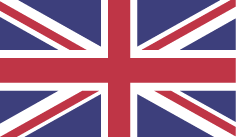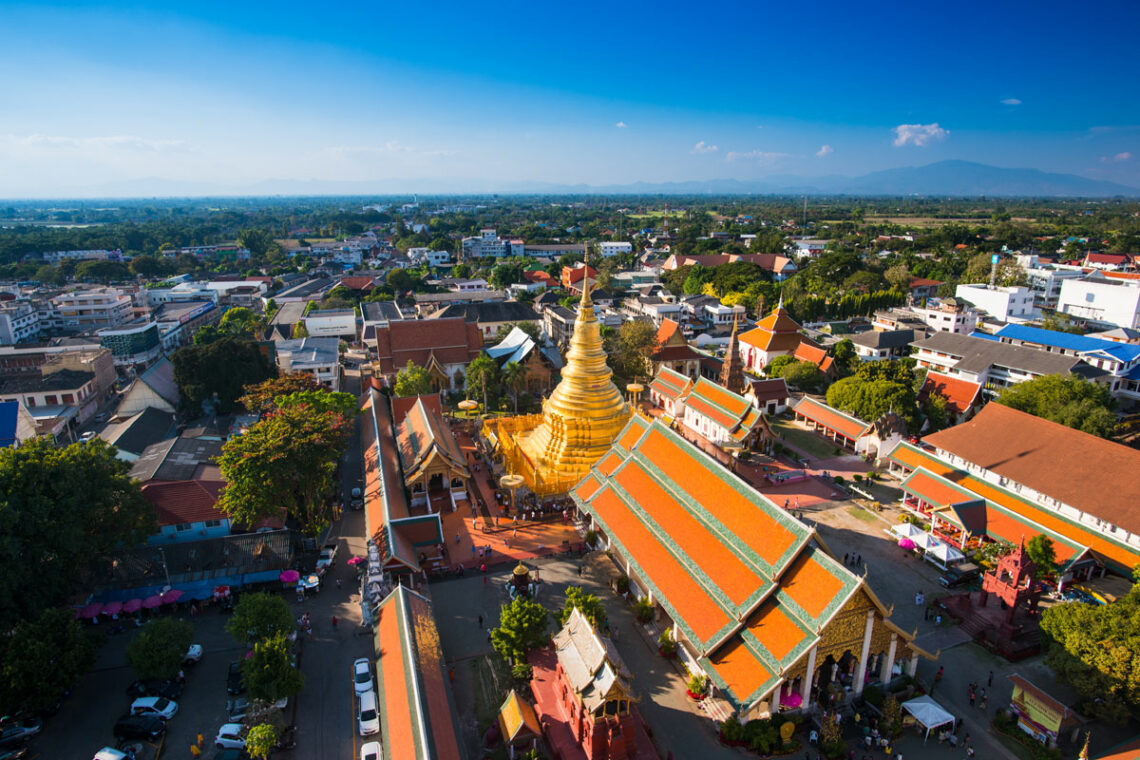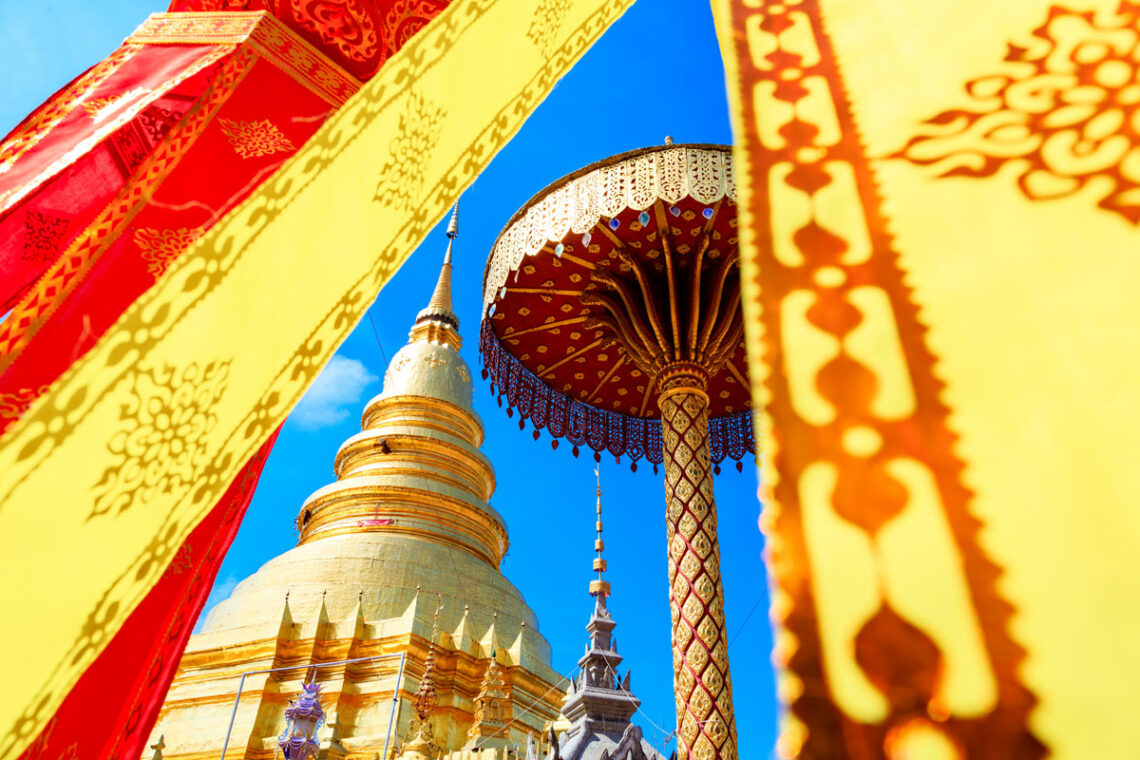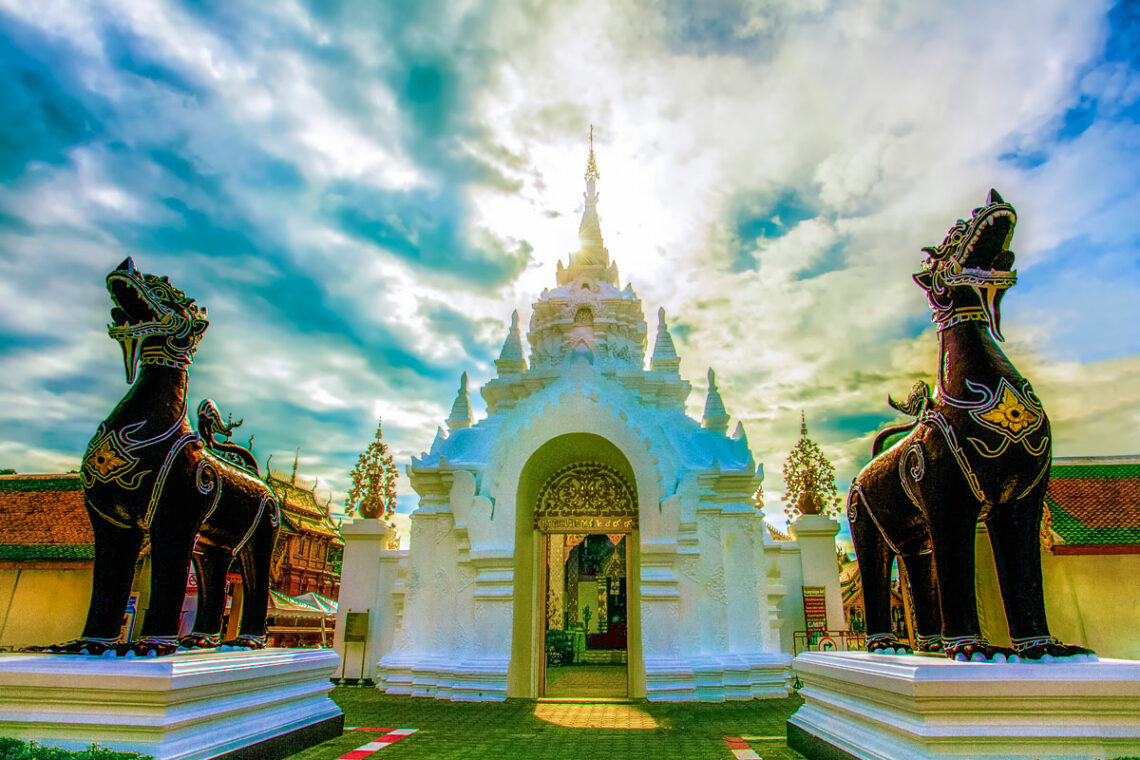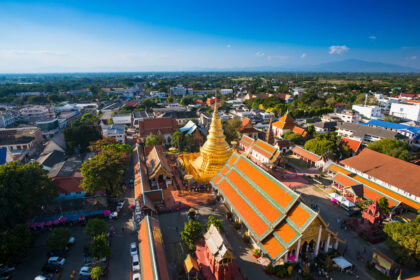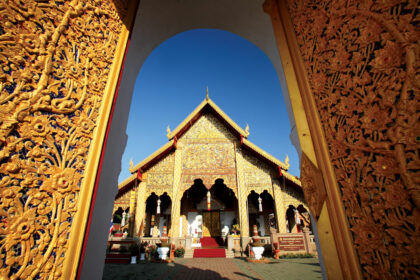Set in the heart of the city, this important temple was built during the reign of King Athittayarat, a descendent of Princess Chamadevi, around the 9th century AD. It sits on a hill and opens up to a complex of buildings and pagodas. The temple has many striking features;
Gate: An arched multiple-tiered entrance gate is guarded by imposing large red lions which grant access to the square walled grounds. This gate was built during the reign of King Athittayarat.
Viharn Luang: This exquisite structure with intricate decorations and surrounded by a terrace has a multi-tiered roof as well as both front and back entrances. Built to replace the old viharn in 1925 this is where religious gatherings are held on auspicious and religious occasions. Several highly revered Buddha statues are kept here, some dating to the Chiang Saen era.
Phra Maha That Chedi: Located behind the main viharn, this chedi is believed to enshrine a relic of the Buddha. The 46m-high Phra Maha That Chedi is often cited as a perfect example of 15th century Lanna architecture, with a rounded bell shape rising from its square pedestal. The chedi has a similar appearance to that of Chiang Mai’s famous Wat Phra That Doi Suthep, both also being surrounded by bronze and golden fencing with gilded parasols featured at each of its four corners. An annual worship ceremony is held here, attended by large numbers of Buddhists and visitors. Various rulers through the ages, such as Mengrai dynasty’s King Tilokarat have added features to this chedi.
Chedi Suwan: This multi-layered brick spire dates from 1418 and sits to the right of the more famous Phra Maha That Chedi. Built by Lawa craftsmen, the chedi is said to enshrine holy relics. Its bronze tip is another distinctive feature of this striking pagoda.
Wat Phra That Hariphunchai is open daily between 6am and 9pm. Entry fee is 20 baht for foreign nationals; Thais enter for free.
Call 089 955 2174 or visit Facebook: watpratadhariphunchai.

